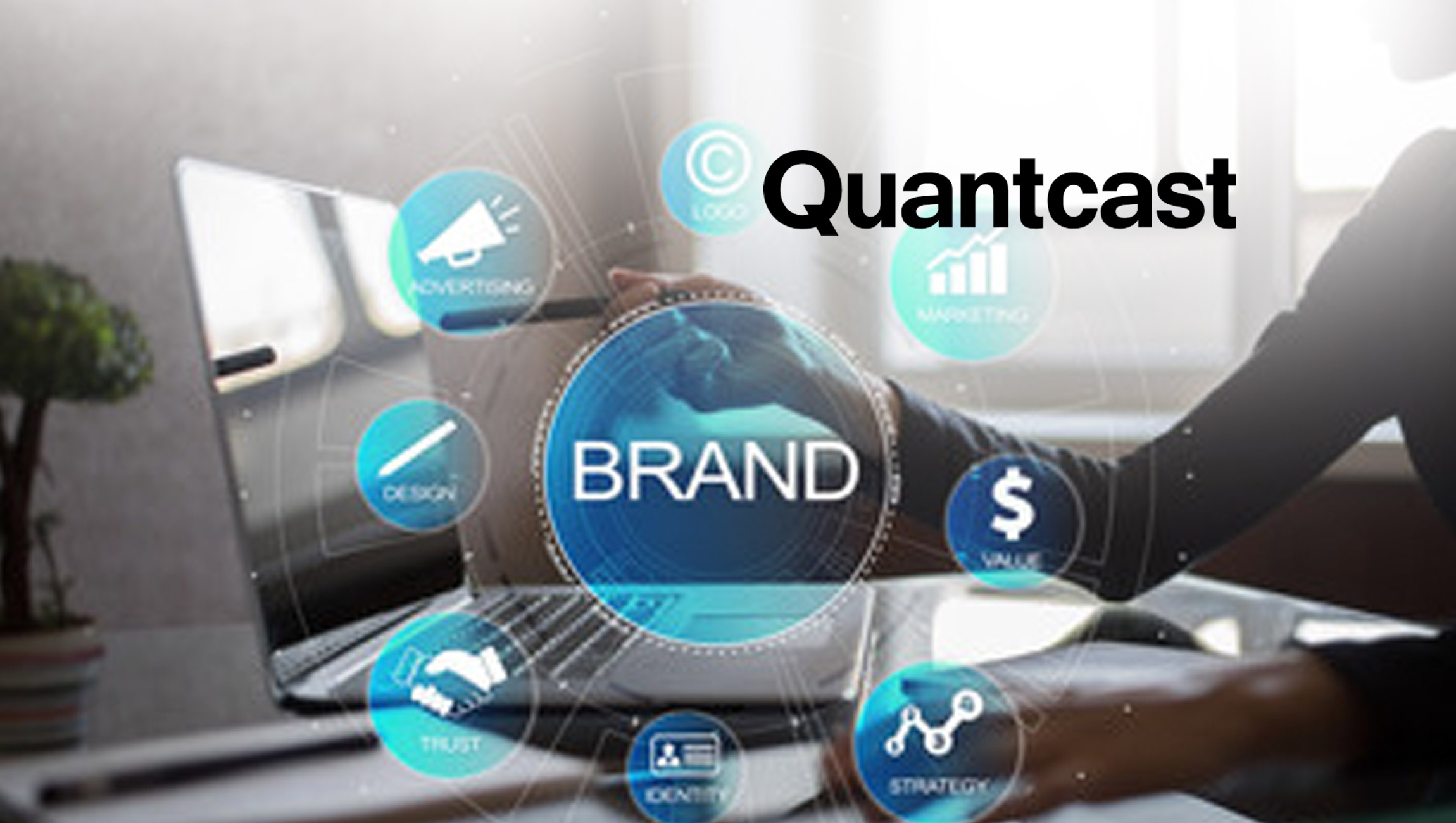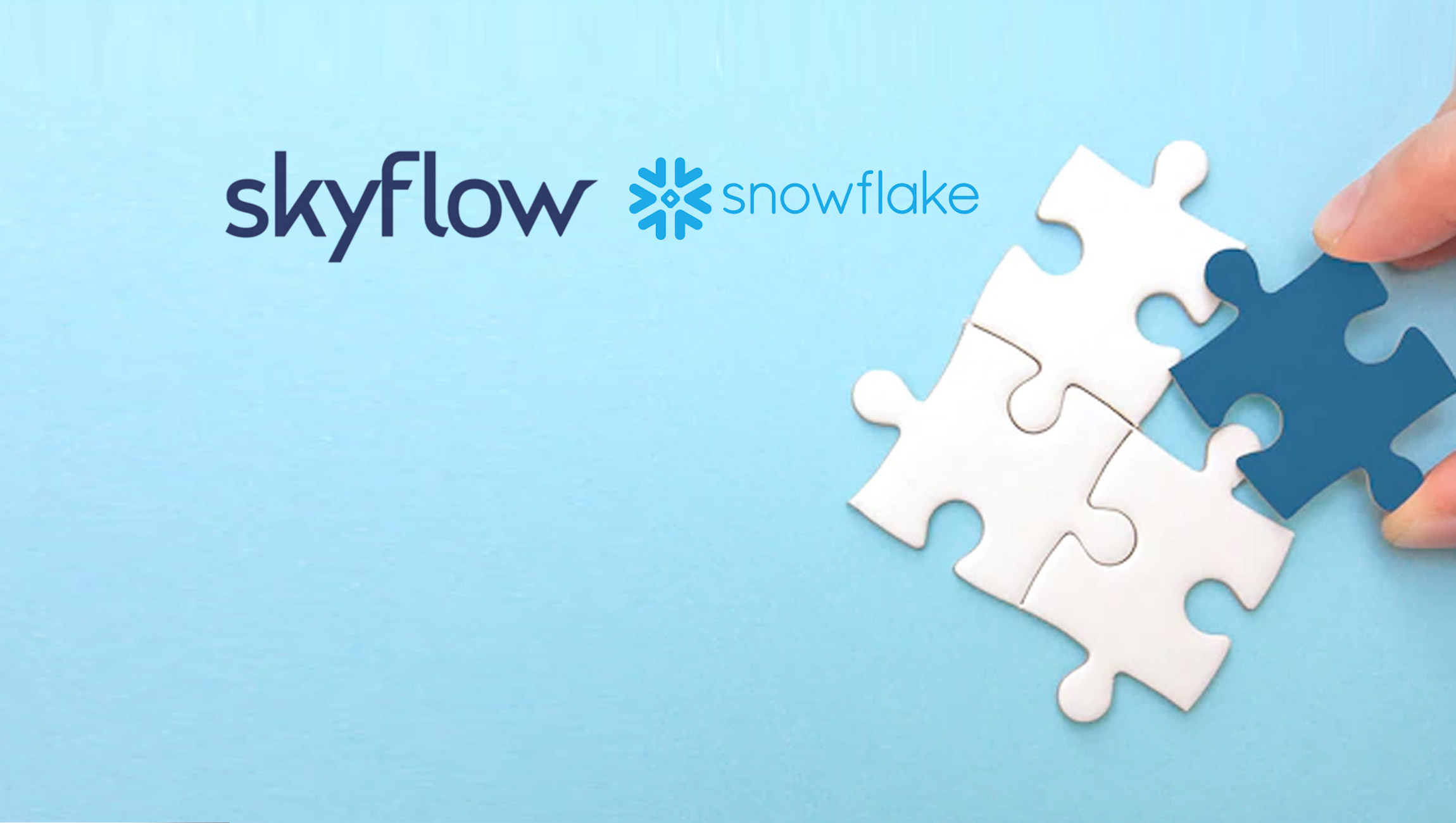“Hybrid Experiences Bring Direct Mail Into the Digital Age” Opportunity Snapshot Study Highlights the Increasing Need for Direct Mail Marketing and Personalization to Bolster Digital Efforts
PFL, the leading hybrid experience company, announced the results of a recent study conducted by Forrester Consulting, uncovering insights from 158 business-to-business (B2B) marketing leaders in North America on their use of direct mail experiences to overcome digital fatigue and deepen customer engagement. Commissioned by PFL, the results of the “Hybrid Experiences Bring Direct Mail Into the Digital Age” Forrester Opportunity Snapshot Study found that the majority (80 percent) of respondents recognize that the pandemic has increased their reliance on digital touchpoints. Resulting from the overdependence on digital, 76 percent agree that engagement with digital tactics is dropping, while 78 percent of respondents report that analog touchpoints such as direct mail have seen a performance boost. Respondents, too, recognize the engagement potential of direct mail, as 81 percent admit they personally are very likely to open a package they receive for work.
“Since the onset of the pandemic, businesses have significantly over-rotated on their use of digital engagement strategies to reach audiences. Unfortunately—but not unexpectedly—the reliance on digital channels alone has led to increasing levels of fatigue. The new engagement challenge for B2B marketers revolves around establishing authentic, personal relationships with audiences to counter this fatigue and forge connections that drive business value,” said Nick Runyon, CEO of PFL. “Our research shows that the market is beginning to understand the true value of hybrid analog-digital experiences that can bridge the gap between modern digital marketing capabilities and audiences who demand more human-centric experiences.”
Marketing Technology News: Screena Releases the 1ST Movie Set in the Sandbox, Announces Its Plan to Build a Metaverse…
Most Marketers Missed Direct Mail’s Entry Into the Digital Age, Leading to Implementation Challenges
Despite the promise and performance of direct mail, many marketers today still view direct mail as a traditional and outdated marketing tactic that is incompatible with modern, digital strategies. In fact, 81 percent of respondents say they focus more heavily on digital touchpoints because they see digital tactics as more measurable and optimizable than physical. Eighty-five percent say that reducing barriers to creating differentiated mail campaigns would encourage them to use the channel more.
Personalization is a key challenge for marketers when it comes to direct mail—and most marketers fail to recognize that direct mail personalization is even a possibility. In fact, only 17 percent of respondents say they personalize their direct mail campaigns. More than half lack the ability to use customer data systems for direct mail, while 50 percent believe that measurability and optimization are purely digital capabilities. At least 40 percent are either unaware it’s possible, believe it would be prohibitively expensive, or would struggle to align direct mail to other personalization initiatives. Many also say they lack the technology or skills required to run personalized direct mail successfully.
Direct mail solutions, however, have evolved significantly in recent years, giving rise to a new era of highly personalized and scalable direct mail capabilities.
Direct Mail Investment Spikes as Marketing Departments Struggle Against Digital Burnout
Throughout the pandemic, companies were in a rush to digitize every aspect of their business, which in turn created a negative effect for audiences who were overwhelmed by the amount of digital communications taking place in their day-to-day lives. Smart marketers began to recognize that this digital burnout created an opportunity to capitalize on other physical engagement strategies.
Direct mail is a tactic that enables marketers to engage their core audiences across the entire buyer journey—from initial top-of-funnel awareness to ongoing customer success. Of the survey respondents who currently use direct mail in their marketing efforts, many say they currently apply this analog tactic across the customer lifecycle. This includes from early product or service discovery (72 percent) to the point of conversion (63 percent), and through customer engagement and enrichment (54 percent) to foster deeper brand relationships and encourage customer advocacy.
With its ability to increase the effectiveness and efficiency of marketing campaigns, research respondents reported they are planning to substantially increase their investment in direct mail. Across the surveyed marketing leaders, 54 percent increased direct mail spend this year, and 69 percent expect to spend more next year—a 27 percent year-over-year rise.
Marketing Technology News: MarTech Interview with Chris Knowlton, Chief Evangelist at Panopto
Unlocking the Value of Personalized, Targeted, and Orchestrated Direct Mail With Hybrid Experiences
The need to combine both direct mail marketing and digital campaigns has allowed marketers to lean into a new approach: hybrid experiences. Modern hybrid experiences transform direct mail into something that helps marketers deliver buyer experiences through gaining deeper understanding of their customer. It is through this tactic that marketers can frame, guide, and enhance interactions for the customer based on their specific history, preferences, context, and intent. Hybrid experiences become the middle ground where digital marketing and direct mail collide. More than 70 percent of marketers agree they would value the ability to orchestrate direct mail with other buyer touchpoints, time mail delivery to match buying signals, and measure and optimize direct mail using their current marketing technology stack.
Making direct mail strategies available and easily accessible is key when developing a hybrid strategy. Three-quarters of survey respondents say the availability of hybrid experiences would lead them to increase their investment in direct mail, and 37 percent say they would substantially increase their direct mail spend by 20 percent or more if they could use that investment to execute hybrid direct mail.
Runyon concluded, “Our customers have witnessed the value of hybrid experiences firsthand as a highly effective marketing engagement strategy. With hybrid experiences, businesses can combine the measurability and predictability of digital marketing with the authenticity and efficacy of analog experiences. Hybrid experiences are the solution to making direct mail more engaging and measurable, which in turn can drive greater value for the business.”











